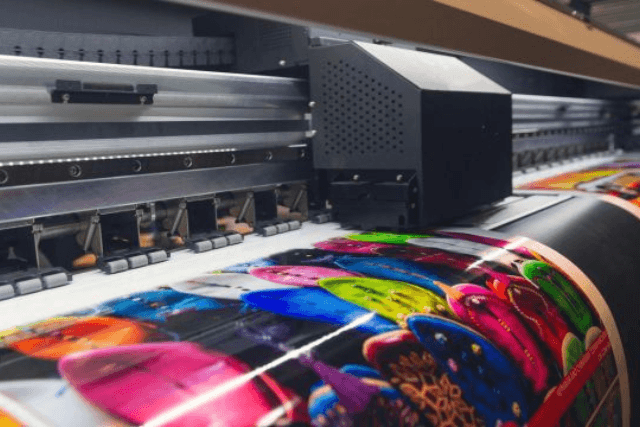Printing methods have come a long way since the invention of the printing press by Johannes Gutenberg in the 15th century. Today, a plethora of printing techniques cater to various industries and applications. Each method offers unique advantages and serves specific printing needs. This article explores the different printing methods available and their diverse applications in the modern world.
Offset Printing
Offset printing is one of the most widely used traditional printing techniques. It involves transferring an image from a metal plate to a rubber blanket before finally applying it to the printing surface. This method is ideal for high-volume printing, such as newspapers, magazines, and brochures.
Digital Printing
Digital printing is a more modern and versatile printing technique that directly reproduces digital files onto the desired material. It eliminates the need for costly setup processes, making it suitable for short-run projects and personalized printing, like business cards and customized promotional materials.
Flexography Printing
Flexography printing, commonly known as flexo printing, utilizes flexible relief plates to transfer ink onto a variety of substrates. This method is extensively used for packaging materials, labels, and corrugated boxes.
Gravure Printing
Gravure printing involves engraving the image onto a cylinder, which then transfers ink to the printing material. This technique is popular for high-quality, high-volume printing, including magazines, catalogs, and product packaging.
Screen Printing
Screen printing, also known as silk screening, uses a mesh screen to transfer ink onto the printing surface. It is widely used for apparel printing, promotional items, and signage.
Letterpress Printing
Letterpress printing is a traditional technique where raised surfaces are inked and pressed onto paper. Although it’s less common in commercial printing, it has gained popularity for wedding invitations, business cards, and artistic prints.
3D Printing
3D printing, also called additive manufacturing, creates three-dimensional objects layer by layer. This revolutionary method has found applications in various industries, including aerospace, healthcare, and product prototyping.
Dye-Sublimation Printing
Dye-sublimation printing involves transferring dye onto materials using heat. It is commonly used for producing vibrant and durable images on fabrics, ceramics, and other specialty products.
Laser Printing
Laser printing uses a laser beam to produce images on paper. It is commonly used in offices and homes for printing documents, reports, and graphics.
Conclusion
The printing industry has witnessed remarkable advancements, offering a wide array of printing methods to suit different requirements. Whether it’s offset printing for mass production or digital printing for on-demand customization, each method has its strengths. Understanding the available printing techniques empowers businesses and individuals to make informed decisions and achieve their desired printing outcomes.
FAQs
Q: Which printing method is best for large-scale commercial printing?
A: Offset printing is the preferred choice for high-volume commercial printing due to its efficiency and cost-effectiveness.
Q: Can I use digital printing for personalized marketing materials?
A: Absolutely! Digital printing allows for easy customization, making it ideal for personalized business cards, brochures, and promotional materials.
Q: What industries benefit most from gravure printing?
A: Gravure printing is commonly used in the publication industry for magazines, catalogs, and high-quality packaging.
Q: Is screen printing suitable for printing on different surfaces?
A: Yes, It can be used on various surfaces, including textiles, glass, metal, and plastics.
Q: What are the unique applications of 3D printing?
A: 3D printing has revolutionized industries such as aerospace, healthcare, automotive, and even fashion, enabling rapid prototyping and customization of products.


